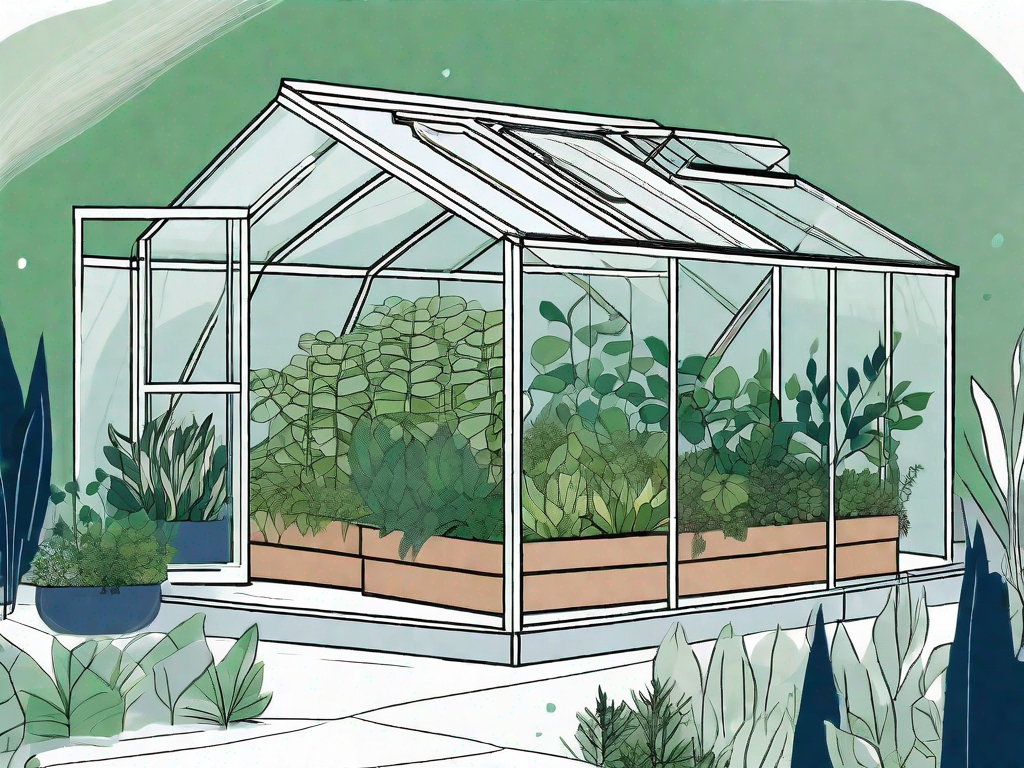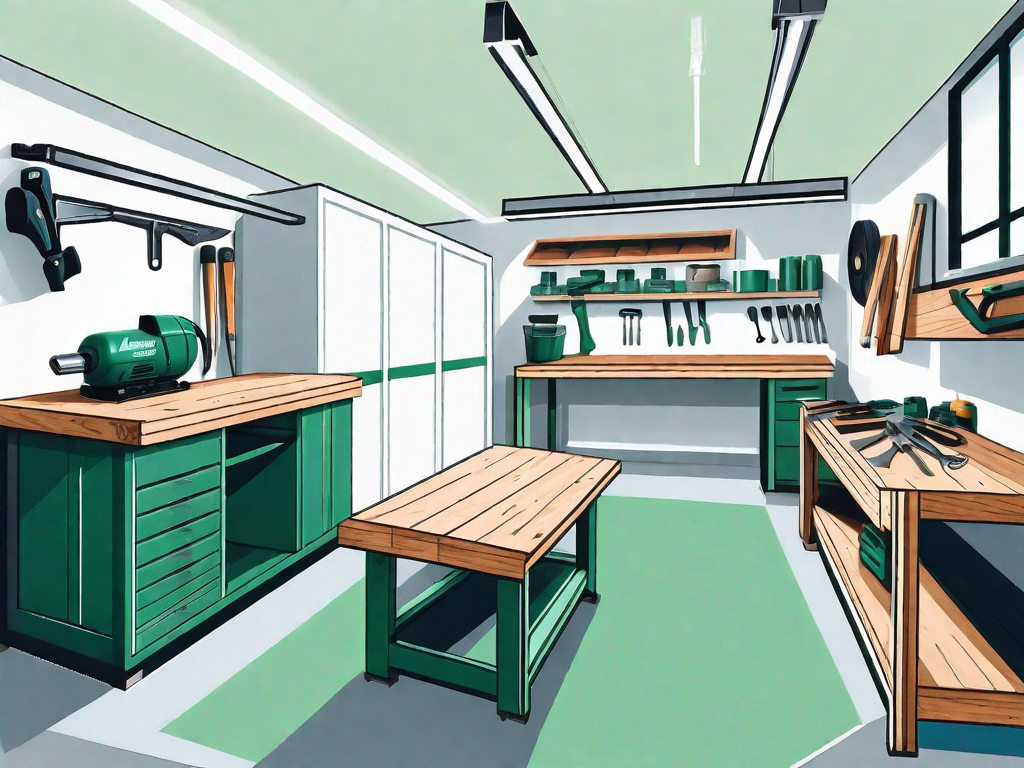Composting is a fantastic way to recycle organic waste materials and create nutrient-rich soil for your gardens and plants. Not only does it reduce waste going to landfills, but it also helps improve soil quality and support a healthier environment. If you’re interested in learning how to master the art of composting at home, this article will guide you through the process. Let’s start by understanding the basics of composting.
Understanding the Basics of Composting
Composting is a fascinating and environmentally-friendly process that involves breaking down organic materials into a dark, rich substance called compost. This compost, often referred to as “black gold,” is a valuable resource that can nourish plants and improve soil structure.
But what exactly is composting? It’s the decomposition of organic waste, such as kitchen scraps, yard waste, and leaves, through the action of bacteria, fungi, and other microorganisms. These tiny creatures break down the organic matter, transforming it into nutrient-rich compost.
Why Composting is Important
Composting is not only beneficial for your garden but also for the planet. One of the primary reasons why composting is important is that it helps reduce the amount of waste that ends up in landfills. When organic waste decomposes in landfills, it produces harmful greenhouse gases, contributing to climate change. By composting at home, you can significantly reduce your carbon footprint and make a positive impact on the environment.
Furthermore, composting enriches the soil with essential nutrients, helps retain moisture, and promotes beneficial microbial activity. When you add compost to your garden soil, you’re providing plants with a natural and sustainable source of nourishment. This, in turn, leads to healthier and more productive plants.
Different Types of Composting
There are various types of composting methods available, allowing you to choose the one that best suits your needs and preferences. Let’s explore some of the most common types:
1. Traditional Composting: This method involves creating a compost pile or heap in your backyard. You can use a combination of kitchen scraps, yard waste, and other organic materials. With regular turning and proper moisture management, the pile will gradually break down, resulting in nutrient-rich compost.
2. Vermiculture: Also known as worm composting, this method utilizes worms to break down organic matter. You can set up a worm bin indoors or outdoors and feed the worms with kitchen scraps. The worms will consume the waste and produce nutrient-rich castings, which can be used as compost.
3. Composting with Bins or Tumblers: If space is limited or you prefer a more contained system, composting bins or tumblers are a great option. These containers provide an organized and efficient way to compost. Simply add your organic waste, turn or rotate the bin/tumbler regularly, and let nature do its work.
Each composting method has its benefits and considerations, so it’s essential to choose one that aligns with your available space, time commitment, and personal preferences. Regardless of the method you choose, composting is a rewarding and sustainable practice that can benefit both your garden and the environment.
Setting Up Your Home Composting System
Choosing the Right Composting Bin
When setting up a home composting system, selecting the right composting bin is crucial. Bins come in different shapes and sizes, so consider factors such as space availability and the amount of organic waste you’ll be composting. Look for bins that provide adequate aeration, drainage, and insulation to help maintain the ideal composting conditions.
Ideal Location for Your Compost Bin
The location of your compost bin plays a vital role in its effectiveness. Choose a spot that is easily accessible, receives partial sunlight, and is away from strong odors or sensitive areas. The ideal location should facilitate proper air circulation while protecting the bin from extreme weather conditions.
Necessary Tools for Composting
While composting doesn’t require many tools, a few essentials can make the process more efficient. These include a compost thermometer to monitor temperature, a compost turner or pitchfork for aeration, and a kitchen compost caddy or container to collect food scraps conveniently. Having the right tools on hand will help you maintain a successful composting system.
The Science Behind Composting
Understanding the Composting Process
The composting process involves a delicate balance of moisture, oxygen, and organic material. As you layer green (nitrogen-rich) and brown (carbon-rich) materials in your compost bin, microorganisms break them down through aerobic decomposition. This process generates heat as the microorganisms release carbon dioxide, water vapor, and humic acids, ultimately turning the organic waste into nutrient-rich compost.
The Role of Microorganisms in Composting
Microorganisms, such as bacteria, fungi, and protozoa, are the unsung heroes of composting. They play a crucial role in breaking down complex organic matter into simpler forms that plants can absorb. To support these beneficial microorganisms, ensure a proper balance of green and brown materials, maintain adequate moisture levels, and provide enough oxygen through regular turning.
Balancing Green and Brown Materials
The success of your composting process relies on the right combination of green and brown materials. Green materials are high in nitrogen and include items like fruit and vegetable scraps, coffee grounds, and grass clippings. Brown materials, on the other hand, are high in carbon and include items such as dry leaves, straw, and shredded paper. Aim for a ratio of approximately three parts brown materials to one part green materials for optimal composting.
Composting Dos and Don’ts
What You Can Compost
There is a wide range of materials you can compost to create nutrient-rich soil. Some examples include fruit and vegetable peels, coffee grounds, tea bags, eggshells, yard trimmings, and shredded paper. These materials contribute to the nutrient balance and structure of your compost pile.
What You Shouldn’t Compost
While many organic materials can be composted, some should be avoided. These include meat, dairy products, oily foods, pet waste, and invasive weeds. These items can attract pests, release unpleasant odors, and potentially introduce harmful pathogens into your compost pile. It’s best to stick to plant-based materials for a healthy and odor-free composting process.
Common Composting Mistakes to Avoid
Composting is a learning process, and even seasoned composters make mistakes. Some common mistakes to avoid include adding too many kitchen scraps without enough brown materials, neglecting to turn the pile regularly, and failing to maintain proper moisture levels. By being aware of these pitfalls, you can actively prevent them and ensure a successful composting journey.
By mastering the art of composting at home, you not only reduce waste but also create a sustainable cycle of nourishment for your garden. Remember to follow these tips and techniques to establish a healthy composting system. With time and experimentation, you’ll soon be producing beautiful compost that will enrich your soil and support a thriving garden ecosystem.



